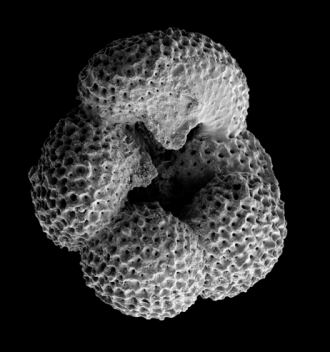Media release
From:
Palaeoecology: Explaining marine species richness at the Equator (N&V) *IMAGES*
Ancient climate change may have driven the development of latitudinally skewed patterns of planktonic marine biodiversity that are still apparent today, two papers published in this week’s Nature suggest. The studies, which help to explain how marine biodiversity is generated and maintained over millions of years, may contribute to predictions of how today’s marine ecosystems are likely to respond to future climate change.
Species richness increases from the poles to the tropics, but the mechanisms that drive this latitudinal diversity gradient are disputed. Understanding the drivers of global species distribution may help us to predict the potential impacts of global change on biodiversity and how they may affect ecosystem services that are fundamental to the health, livelihood and wellbeing of billions of people.
Two studies in Nature assess changes in planktonic foraminifera, a group of shelled, unicellular organisms that float in the water column and can become preserved as fossils. Adam Woodhouse, Anshuman Swain and colleagues studied a recently developed global dataset of these fossils to reveal that the latitudinal ranges of planktonic foraminifera have shifted markedly towards the Equator over the past 8 million years, in response to the formation of polar ice sheets. However, these ranges may be shifting polewards again in response to climate change related to human activity.
In a separate paper, Erin Saupe and colleagues combine a record of planktonic fossils extending back 40 million years with palaeoclimate models. Their analyses reveal that the latitudinal gradient may have started to emerge around 15 million years ago, as the Earth’s climate began to cool. The authors also suggest that the gradient may have been driven by the structure of the water column (how the water varies from the surface to the bottom). Higher rates of speciation are likely to occur at lower latitudes, where there is more temperature variation by depth, they say.
Together, these studies add to our understanding the evolution of marine diversity gradients on long time scales.
Multimedia








 International
International



